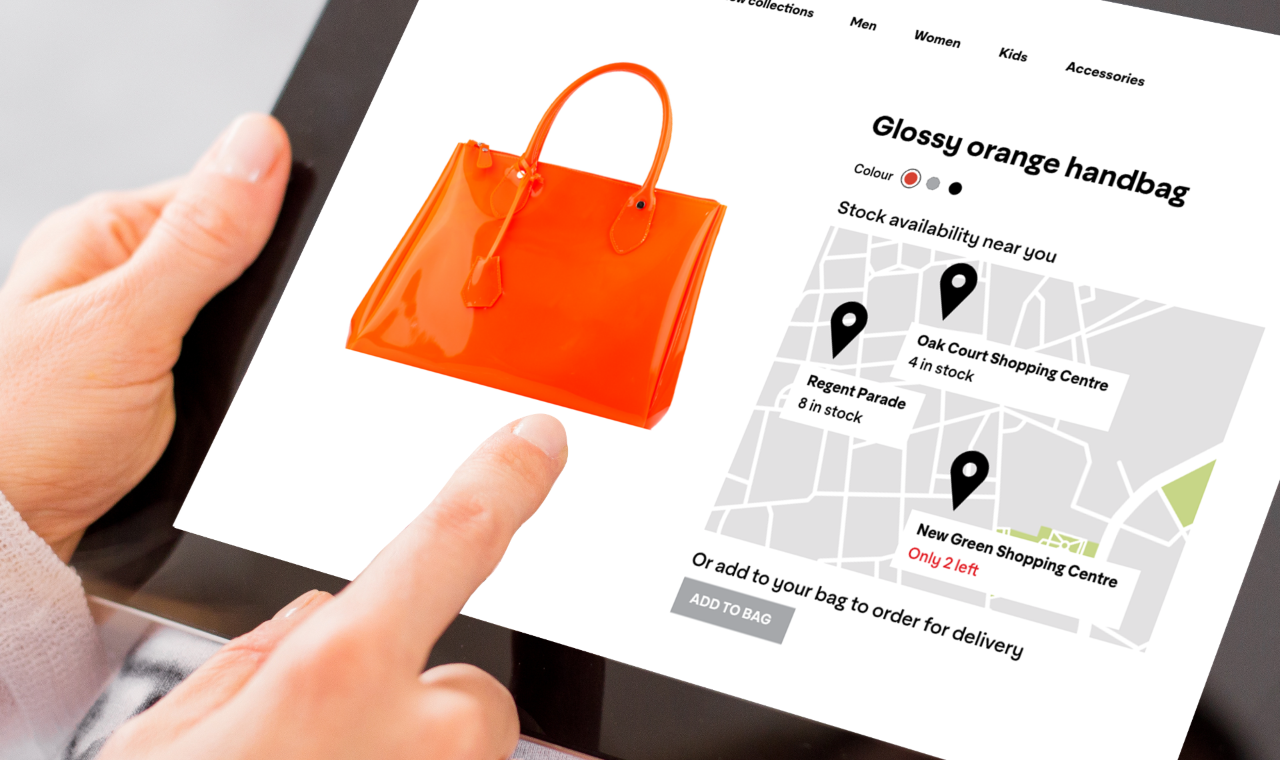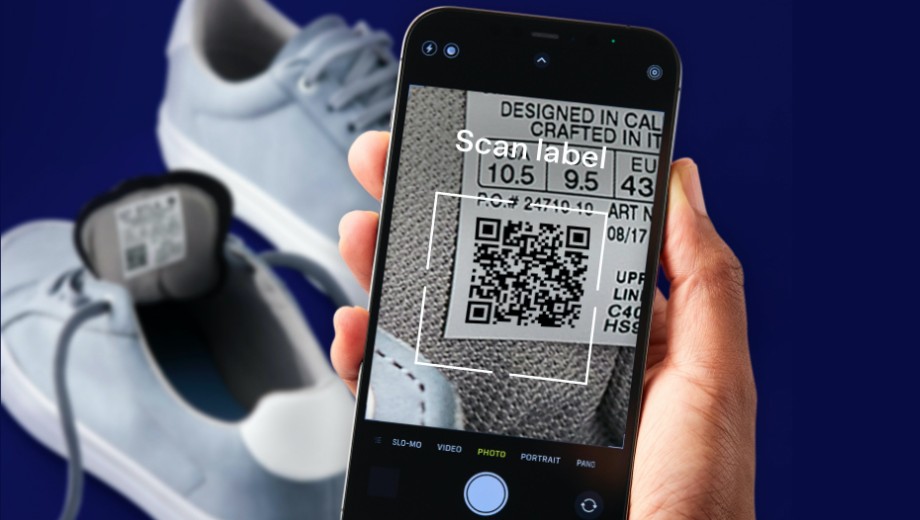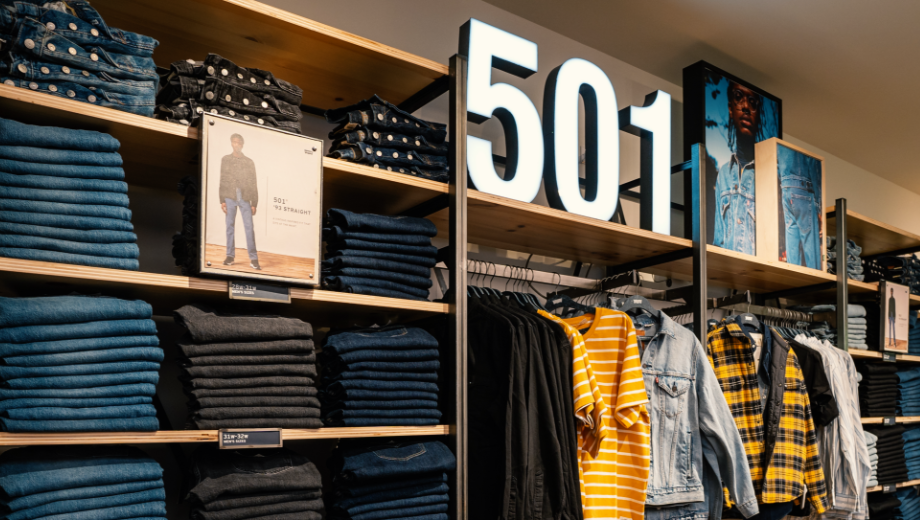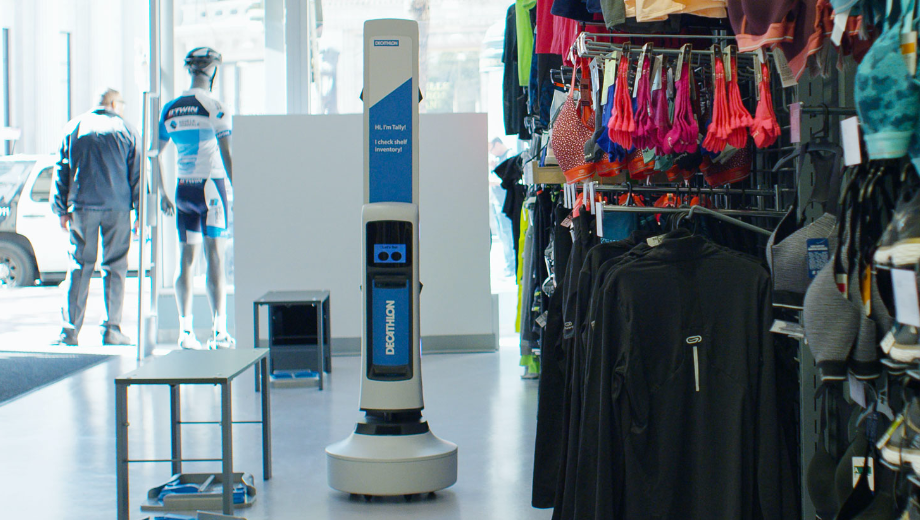Overproduction and waste are consequences of low item-level visibility
A lack of visibility to stock levels can have consequences throughout your supply chain. How can you accurately plan for what you need if you don't know what you already have on hand? In the fashion industry alone 4% of stock goes to waste due to overproduction (Avery Dennison, The Missing Billions). This is driven from a lack of transparency regarding the amount of inventory that has already been created, distributed, and acquired. Item-level visibility and accurate forecasting can provide clarity to businesses and help to reduce waste.
Winning the omnichannel game through inventory accuracy
Consumer behaviors have shifted, and "omnichannel" is no longer a buzzword! Shoppers expect a seamless experience regardless of channel, which is why many businesses are trying to shift to an omnichannel approach, but frequently face challenges that make implementation inefficient and costly. People desire convenience without sacrificing the personalized experience they have come to expect from their favorite brands. Manhattan’s research highlights that almost a quarter of consumers (24%) now expect store employees to be able to verify availability in a nearby store, if a product is out of stock, or order that product for home delivery or in-store pickup, highlighting the convergence of physical and digital retail channels.
Inventory accuracy and visibility has traditionally been a challenge in retail, but this is THE key enabler for efficient omnichannel offering and enhanced customer satisfaction, so businesses can no longer afford to disregard it.
According to Auburn University, inventory accuracy in the apparel industry is around 65% when retailers use traditional inventory management methods. With the introduction of RFID technology they are now achieving up to 99% accuracy. However, in other industries, such as food and beauty, the problem is often overlooked because inventory accuracy can be perceived as a difficult issue to address. This can lead to a lower ROI, a poor customer experience, and millions of dollars lost.
Fortunately, technologies like RFID are available to assist retailers in addressing the root cause. The combination of RFID and cloud technologies, such as the Manhattan Active® Omni suite, can help retailers up their game by servicing their customers better, reducing waste, and being more sustainable, which naturally has a positive effect on bottom-lines too - a win, win for retailers and consumers alike.
*Recalibrating for the Next Normal




